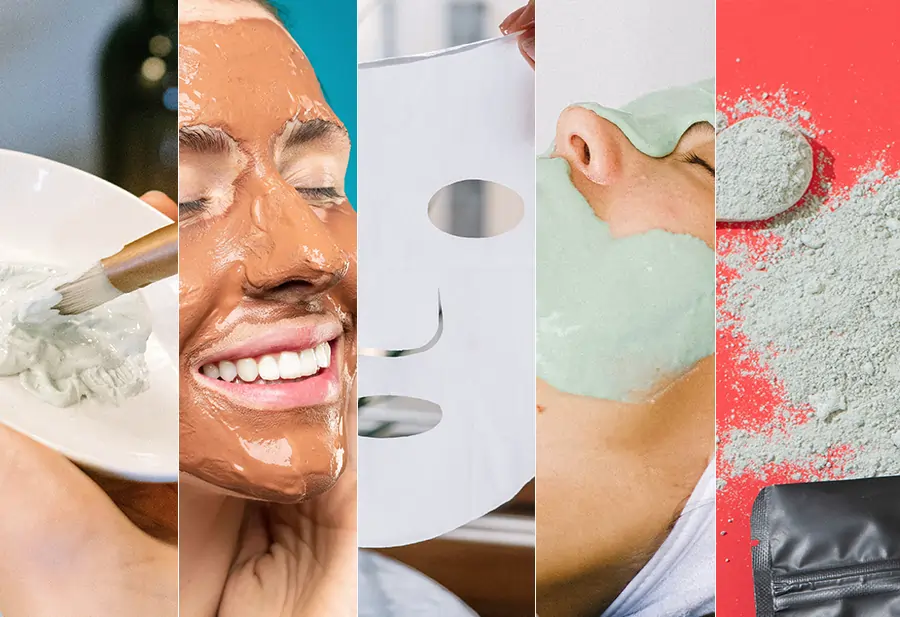Different types of facial masks
Facemasks are perfect for quick and great results! Not to mention they are also a lot of fun! They provide the perfect personal treat in your own home and there are masks for all skin types and skin concerns. It all depends on what kind of results you want. The topic of facemasks is very broad, so let’s narrow them into the two main types of face masks. 1. Hydrating masks and 2. Cleansing masks.
Gel masks
Gel masks have a high water content so they hydrate and soothe the skin leaving it feeling plump, hydrated, and smooth. They are often lightweight so are quickly absorbed into the skin providing fast results. Gel masks are an ideal option to boost hydration and soothe the skin for dry winters or hot summers. They are also great for people who have more sun exposure or have been sunburnt.
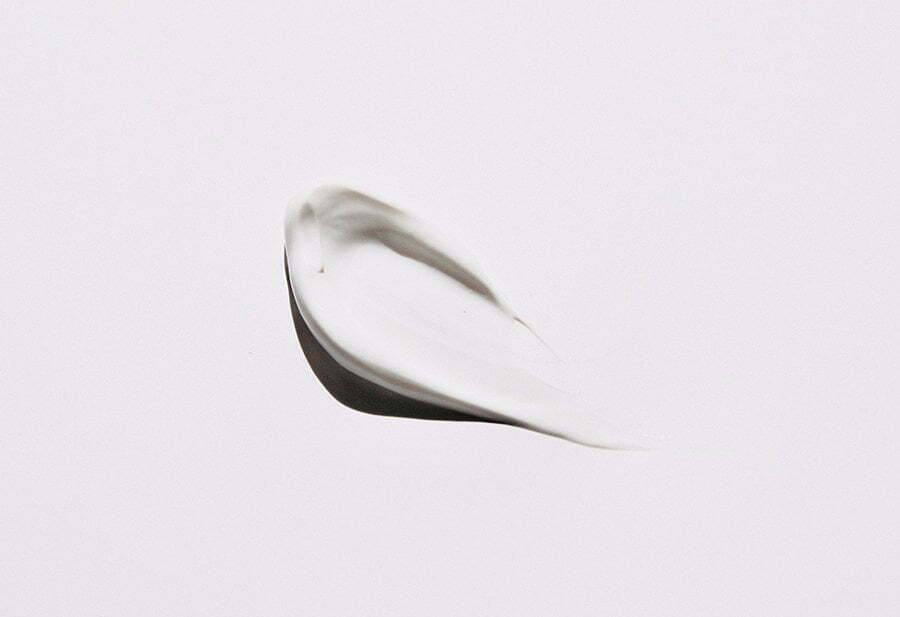
Cream masks
Moisturising is one of the most important lines of defense for fighting aging skin. Cream masks are very effective in providing moisturisation to the skin due to the occlusive design of the face. Cream masks often have hydration and moisturising ingredients such as humectants such as hyaluronic acid and ceramides which are very good for aging skin, and dry skin.
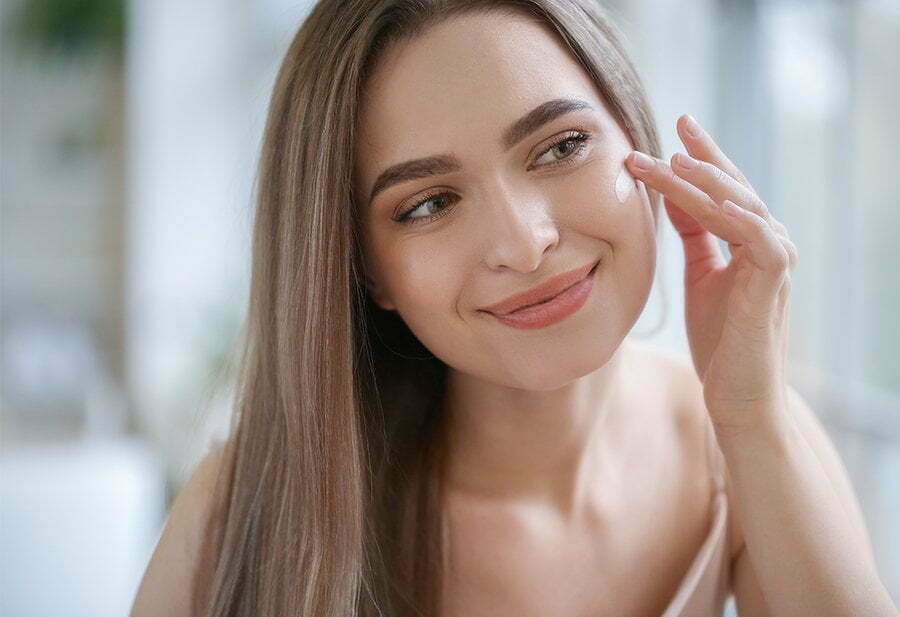
Sleeping masks
Sleeping masks are known to be deeply hydrating for the skin while we sleep. Skin feels more hydrated in the morning with a sleeping mask than a standard nighttime moisturiser. Sleep masks are generally thicker in order to lock in the moisture overnight and they often contain ingredients that ensure the ingredients are absorbed into your skin very effectively so it doesn’t rub off so much on your pillowcase. They are especially useful for anti-aging and minimising the signs of aging. Sleep masks are especially good for the colder and dryer months.
Remember! It is very important to get enough sleep for our skin to repair and regenerate itself. While we sleep the skin’s blood flow increases, our skin metabolism increases, our skin collagen production increases, and skin cell renewal is at its highest point too. What does this mean? When you sleep and your skin is repairing damage caused by the elements including ultraviolet exposure as well as making new skin. The higher the collagen in your skin the plumper it is and less likely it is to wrinkle. A good night’s sleep reduces wrinkles, age spots, signs of aging as well as protecting the skin the next day. Not getting adequate sleep can lead to premature skin aging and an increase in fine lines. So, when you wake up to dry, flaky, tight, and dull skin after a late night, this is a major cause.
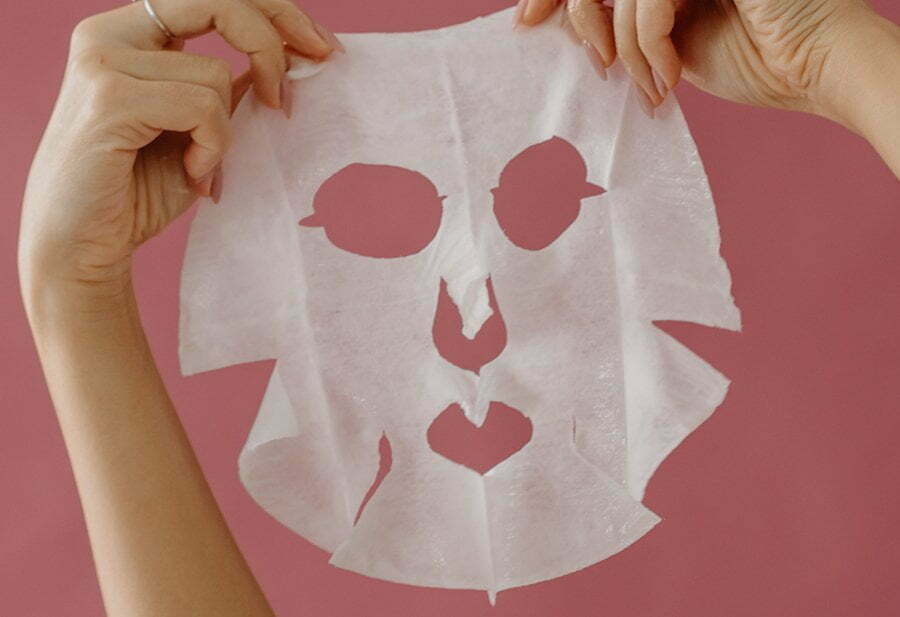
Sheet masks
Sheet masks are incredibly fun and have really taken off in the last few years. Sheet masks provide a physical occlusive layer on top of the skin which helps the skin trap and absorb the moisture. Sheet masks are usually drenched with a formula presented in a serum or cream consistency which assists absorption and application. Nearly all sheet masks have Butylene Glycol and Glycerin. Why is this the case? Butylene Glycol is a delivery agent and solvent which lets your skin absorb all the other ingredients. and Glycerine is a humectant. Humectants works to draw moisture from the air and inject it into the skin’s outer layer.
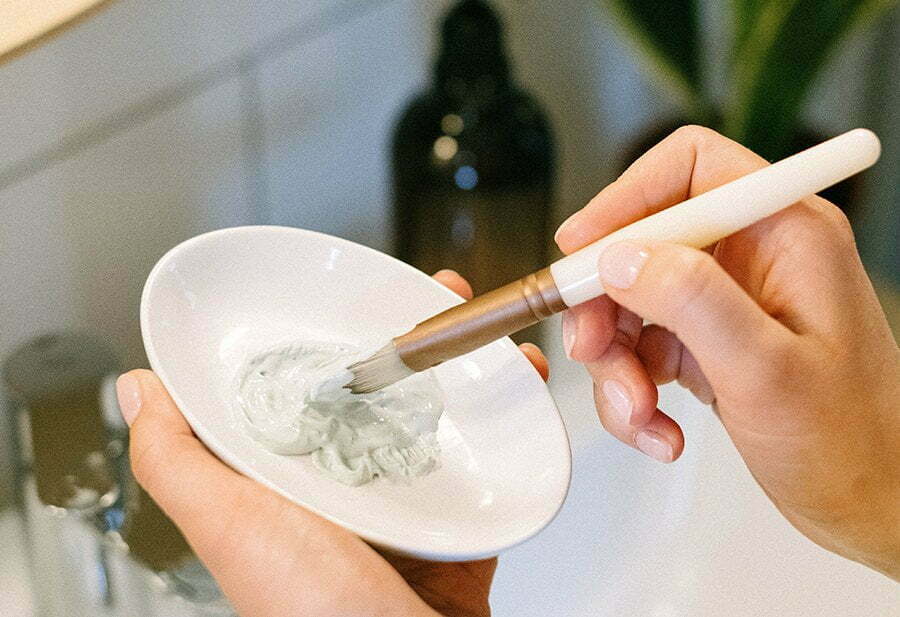
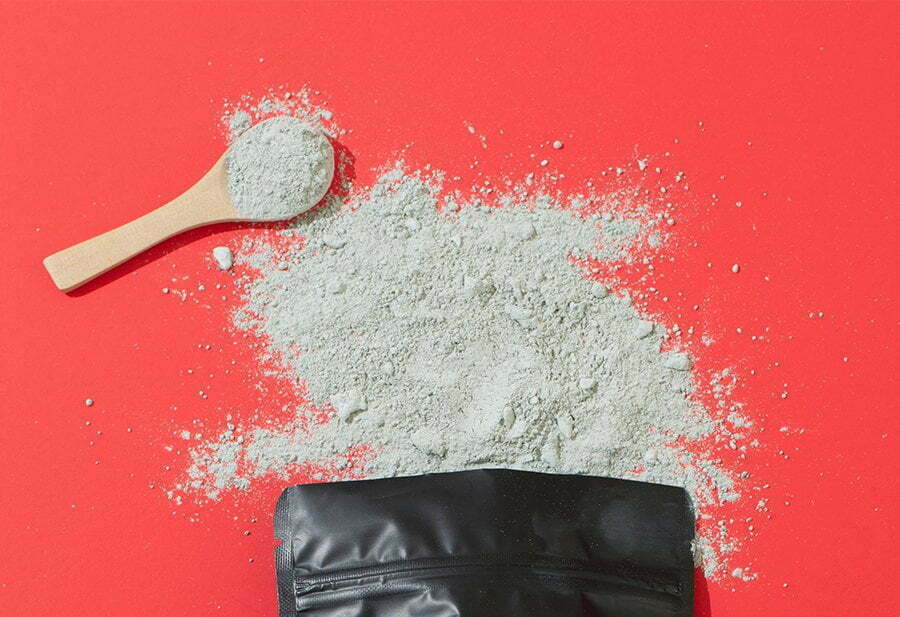
Clay masks
Clay masks work to efficiently absorb excess oil so they are especially good for oily skin types or acne-prone skin. Oil levels in the skin and breakouts may fluctuate for you, clay masks help to detoxify and deeply cleanse the skin when we feel that our skin feels congested and cloggy. When pores are filled with oil and dead skin and other congested elements they appear larger on the skin surface. When all of this is removed by the clay absorbing this helps to minimise the appearance of pores.
How long should you leave clay masks on for?
Make sure you read how long to leave your clay mask on. Don’t leave clay masks on for longer than the instructions recommend. If you leave it on for too long the mask may have undesirable results or even the opposite effect where the mask will then take moisture out of your skin. You don’t need to put on a very thick layer for clay masks, a thin layer will do the job. When removing clay masks soak your face with moisture or a wet towel cloth rather than pulling off clay parts of your skin. Gently let the mask be diluted and ensure you wash it all off.
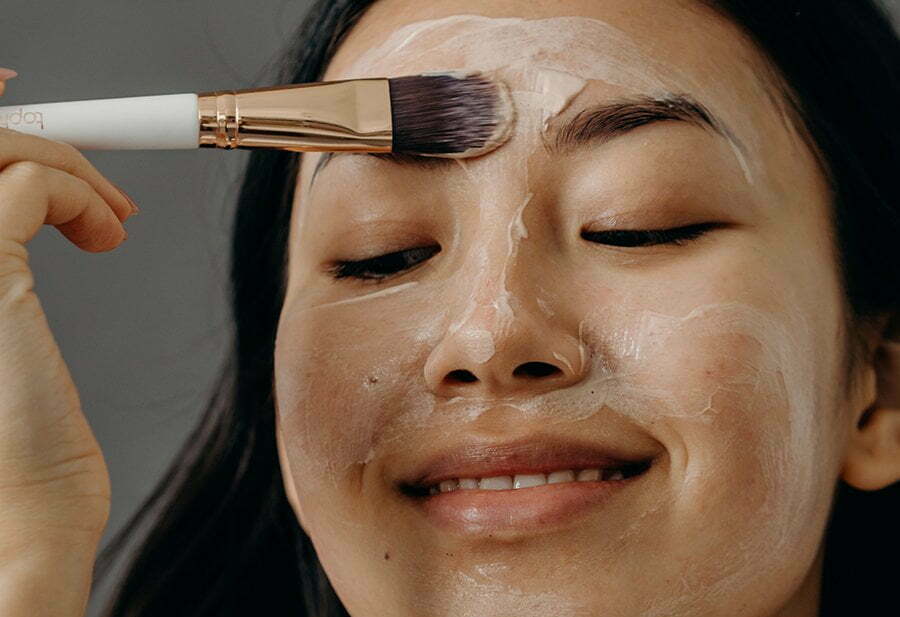
Chemical exfoliant masks
Chemical exfoliants can assist in shedding dead skin cells, clear out clogged pores, improve skin brightening, even out skin tone, hyperpigmentation, acne, and breakout prevention. The chemical formulation you choose depends on your skin type and also what you want to achieve from the mask. If you are new to using chemical exfoliants try and reduce how many other products you are using like vitamin serums and other active ingredients so you can distinguish the results from your exfoliant mask. Chemical exfoliants are also known as AHA’s, BHA’s and PHA’s.
AHA (Alpha Hydroxy Acid)
AHA’s are one of the most commonly used chemical exfoliants found in skincare that work to cleanse the surface of our skin and our pores. Some commonly used examples include Glycolic acid, Lactic acid, Malic acid, Tartaric acid, Citric acid, and Mandelic acid. AHA’s are water-soluble and don’t interfere with hair follicles or go deep within our pores. AHA’s are primarily used to exfoliate your skin, shed dead skin cells, reveal the newer brighter skin, improve skin tone, and reduce the appearance of pores.
BHA (Beta Hydroxy Acids)
Unlike AHA’s, BHAs deeply cleanse within our pores. BHA’s are found across all types of skincare products and are often used on acne-prone skin. BHA’s are oily soluble acids that focus on the oilier parts of our skin like our hair follicles and deep into our pores. The acids clear excess oil and sebum from within the pores and decrease sebum secretion. This can prevent pimples and other skin issues caused by cloggy skin especially for acne-prone skin types.
PHA
PHA’s is a new age gentle chemical exfoliant that focuses on the most upper layer of the skin to smooth out skin texture. Their molecular size is large so this exfoliant is suitable for sensitive skin types and anyone who has dry, eczema, and rosacea skin. It is becoming more present in skincare products but is not as common as BHA and AHAs.
How often can you use a chemical exfoliant mask?
Try it out slowly first. Maybe use it once a week and then slowly increase if required. This will reduce the chance of aggravating your skin. Allow your skin to accept and tolerate the chemical exfoliation.
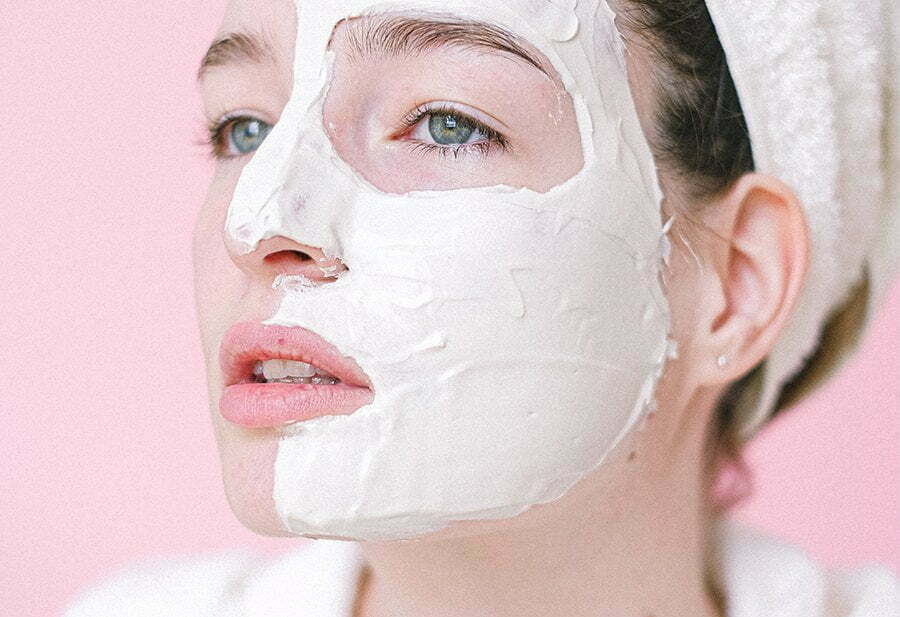
Peel off masks
Peel-off face mask work to remove the top layer of dead skin and clear up clogged pores leaving skin clean and smooth.


